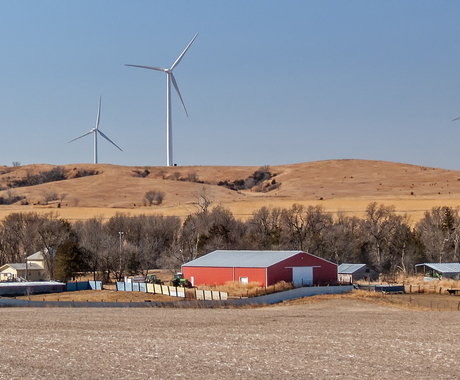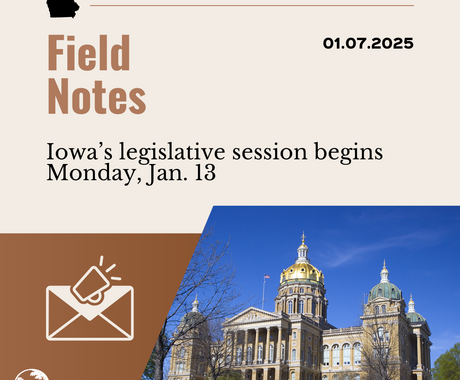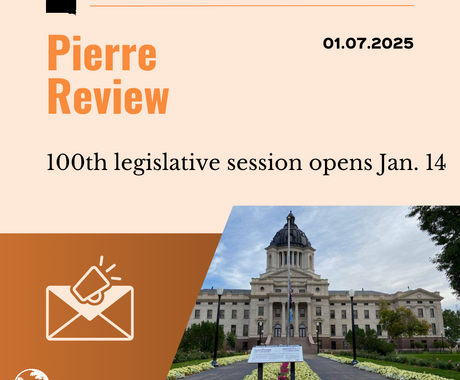By John Crabtree, former staff member
The 2016 session of the Nebraska Legislature is well behind us, and while there were plenty of frustrations and issues left unaddressed, it is important to recognize the good news and victories that did come out of the Unicameral this year.
In particular, the passage of LB 824, a bill to modernize Nebraska energy law and level the playing field for wind development in Nebraska was just such a victory. It was no easy victory, but after a heavy organizing push, the Legislature stood up for wind energy development and passed the bill.
LB 824 will boost the renewable energy industry in Nebraska by streamlining and clarifying the approval process for projects in the state, while maintaining the standards that protect wildlife and ensure project meet local siting requirements.
Winning passage of LB 824 is an important step, an important piece of moving Nebraska forward to capture the economic and environmental benefit of wind energy. Despite overwhelming support in the Unicameral, the bill faced a filibuster on the Senate floor that nearly doomed our efforts. In the end, with the support of numerous friends, allies and grassroots supporters we were able to overcome the filibuster with 34 votes - just one more vote than required by the rules.
Nebraska needed this victory. While our state ranks third nationally in wind energy potential, we have languished at 20th nationally in installed capacity. The reforms contained within LB 824 will help Nebraska close the gap between potential and reality.
To put this in perspective, Iowa had more than 6,200 megawatts of installed wind power capacity last year. Kansas had nearly 3,800 megawatts. Nebraska, on the other hand, has 890.
Why does it matter? Each new 80 megawatt wind farm has a local economic impact that includes:
- Nearly 400 new jobs related to the construction and operation of the generation facility;
- $30.51 million in earnings from these jobs with an average wage of $46,077 per year;
- $50.14 million in local spending the local community economy;
- A total of $81.75 million in earnings due to the impacts of the direct jobs created and those earnings plus the indirect economic benefits from local spending;
- $6.3 million in nameplate capacity taxes collected (in lieu of personal property taxes);
- $4.8 million in land lease payments to local landowners.
Catching up to Iowa and Kansas in wind energy generation capacity is good for rural and small town Nebraska. Perhaps that why the most recent Nebraska Rural Poll found that nearly 80 percent of rural Nebraskans agree that more should be done to develop renewable energy in Nebraska.
The passage of LB 824 was a real victory for Nebraskans, rural, small town and big city residents alike. And we recognize that we could not have won this fight without the help of so many people who stood up to help move our state forward, keep local economies strong, and meet the demands of Nebraska’s changing energy future.





